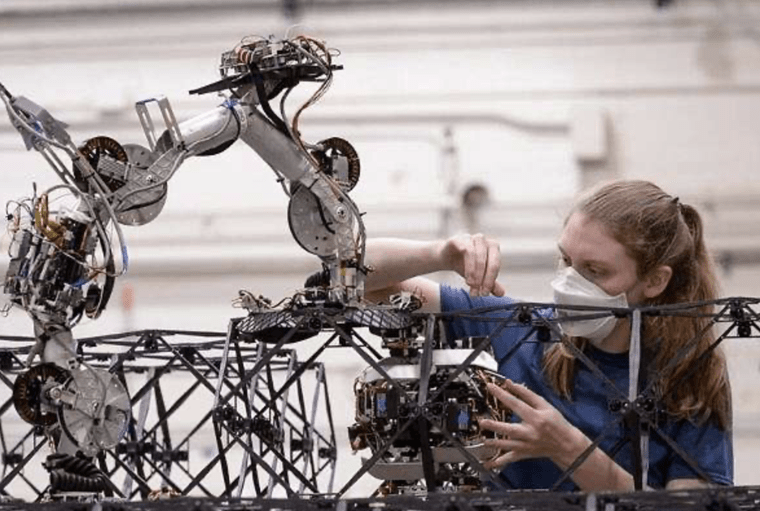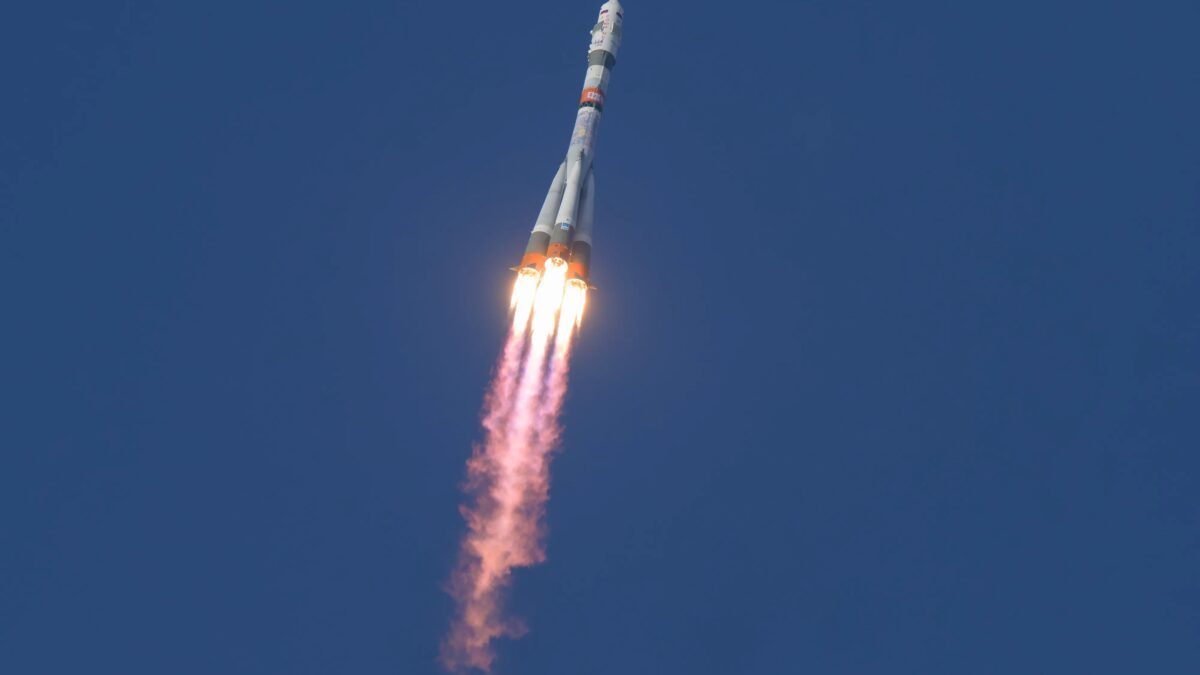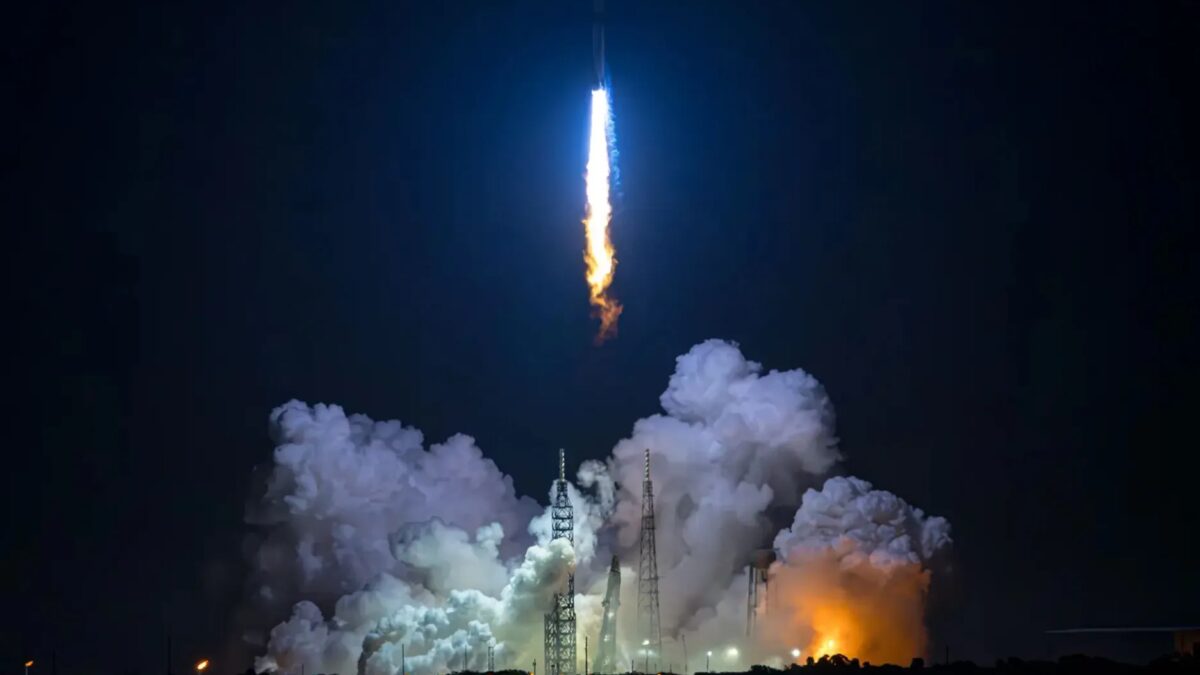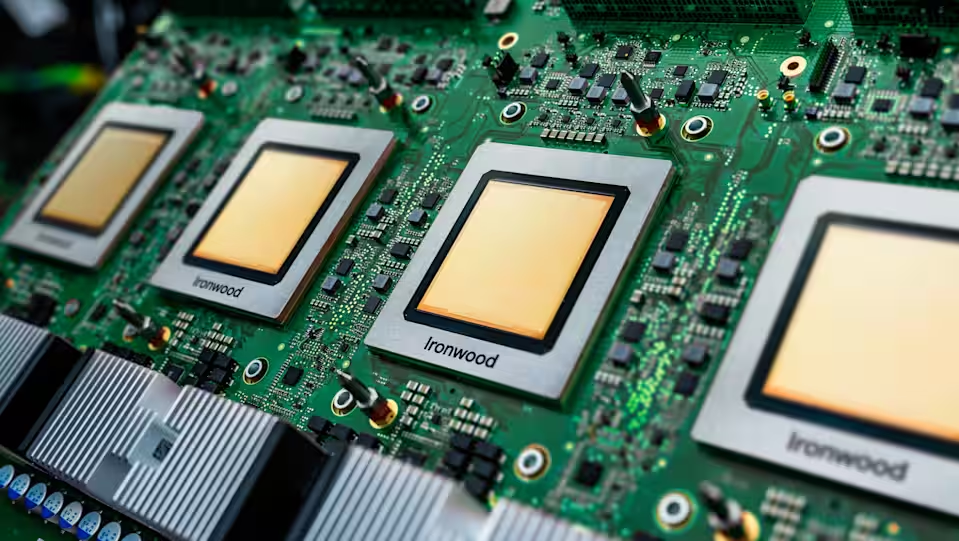NASA showed off ARMADAS robots for space construction
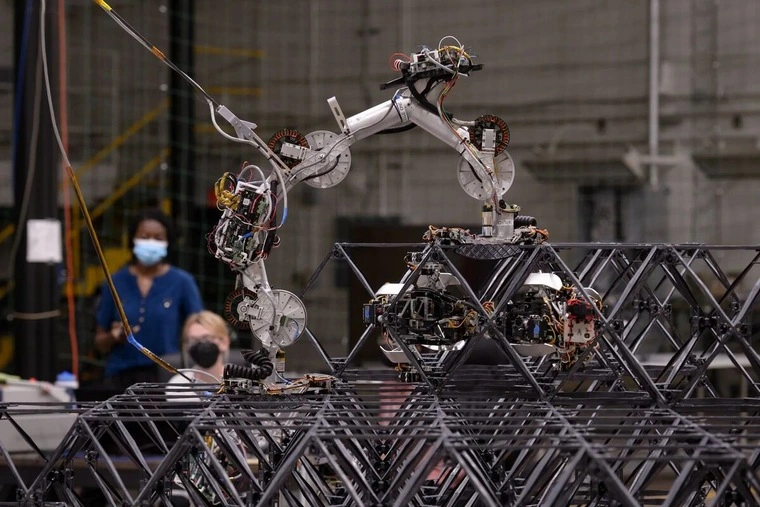
The NASA space agency has unveiled automated reconfigurable adaptive digital assembly systems – ARMADAS. ARMADAS systems are robotic mechanisms that act as repair crews. In addition, these robots are capable of self-assembling and reconfiguring structural materials for various hardware systems in a space environment.
One of the key features of ARMADAS is the use of a set of small three-dimensional construction voxels made of strong and lightweight composite materials in the shape of a cubo-octahedron. In engineers’ terms, the use of this shape allows the voxels to be securely anchored at different angles without compromising the overall strength of the structure. According to the engineers, the voxels can be fabricated in situ from a variety of materials found on the moon and other celestial bodies.
The voxels can be made from a variety of materials found on the moon and other celestial bodies.
The system of these voxels can reconfigure itself to meet changing needs. For the demonstration, the team provided design plans, but did not control the robots’ micro-level operation. Software algorithms planned their tasks, and the system practiced the assembly sequence in simulation before the actual launch.
Some of these voxels can reconfigure themselves to meet changing needs.
Two walking machines can move along the outside of a structure, placing one soccer ball-sized voxel at a time, while a third robot can glide smoothly over the voxel locations, securely attaching them to the overall structure. As part of the experiments, the robots have already managed to build a shelter consisting of 256 voxels in 4.2 days. The agency notes that if the system had been sent to the moon a year before humans landed, it could have created as many as 12 such structures.

